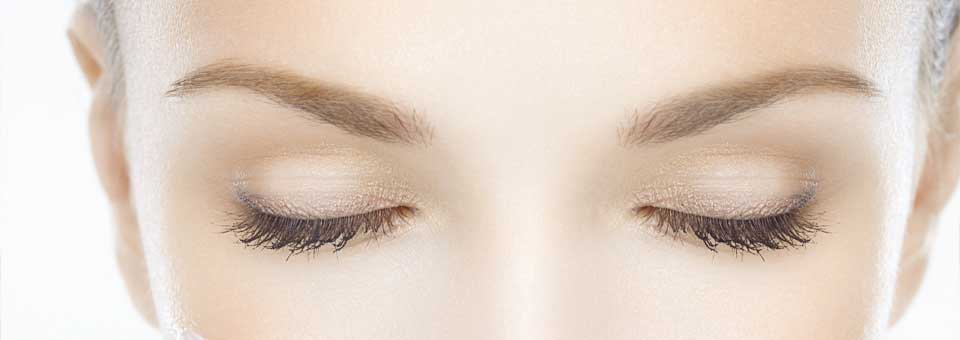
Have you ever heard someone describe a woman as having “porcelain skin”?
It’s a real compliment. It means the woman has skin that’s smooth and flawless… like a China doll.
China dolls were all the rage long before little girls started playing with Barbies. And they were known for their gorgeous complexions.
Women spend a lot of money these days trying to achieve a porcelain complexion. Many opt for chemical peels that burn away skin with harsh acids. One of the most popular acids dermatologists use is trichloroacetic acid, or TCA.
But TCA has been shown to cause cancer in animals. The state of California even added it to its registry of toxic substances.1
I don’t recommend using harsh chemicals on your skin. Especially one that’s a known toxin like TCA.
Today, I’m going to share how you can get porcelain skin without putting your health at risk. And believe it or not, the secret comes right from China dolls themselves.
You see, the reason those dolls have such beautiful complexions is because they’re made from a special clay called kaolin. It’s named for Kao-ling, the town in China where it was first discovered around 1700. But most people call it “China clay.”
Kaolin clay is the secret to making fine china and porcelain.
But it is also the secret to giving your own skin a flawless finish. Let me explain…
China clay has unique electromagnetic qualities. The molecules in the natural clay have a negative charge. When it comes into contact with your skin, the charge binds to toxins and other impurities. It actually pulls them out through the pores of your skin.
Kaolin also has high levels of silica. That helps remove dead skin cells to clear the way for skin to regenerate.
This makes kaolin clay perfect for a facial mask. When you apply kaolin to your face, it deep cleans and purifies the skin. It removes blackheads and whiteheads, and softens the skin.
Other types of clay can be too harsh for your face. But China clay is gentle. It does not strip the skin of natural oils like some other clays can. And it has unique minerals like iron, magnesium, calcium, sodium and zinc that nourish skin.
Kaolin’s natural electromagnetic charge also increases blood circulation to give your skin a healthy glow.
[wdca_ad id=”355756″ ]I advise my patients to use a clay mask once or twice a week for a deep cleanse. It can help draw out excess oils, dirt and environmental toxins that can add years to your face.
And if your skin is oily, it dislodges old sebum that clogs your pores and can lead to acne.
You can find powdered kaolin clay on the Internet. It’s not very expensive. You may also see it called China clay, white clay or kaolinite clay.
Kaolin comes in several different colors, depending on where it is found naturally. You can use any of them — red, orange, yellow, pink, brown, or white. But make sure it’s “cosmetic grade.”
To make a simple mask, just add two tablespoons of distilled water to two tablespoons of kaolin clay. But I also recommend adding some other ingredients to your clay mask to help boost your skin cells with vital nutrients and moisture.
Try making this easy kaolin clay mask at home. I think you’ll find it leaves your skin plumper, smoother, clearer, and more radiant… just like a China doll!
Kaolin Clay Face Mask
Ingredients
- 2 tablespoons of kaolin clay
- 2 tablespoons of chamomile infusion (chamomile tea steeped for five hours or more)
- 3 drops of lavender essential oil
Directions
- Mix all ingredients in a small glass or ceramic bowl. If the paste is too thin add more clay.
- Apply mask evenly to a damp, clean face with your fingertips.
- Let it dry 5 minutes for sensitive skin, or 15 minutes for normal or oily skin.
- Wash off the mask with warm water and a wet wash cloth.
- Apply your regular toner to close pores, followed by your moisturizer.
You can also add kaolin clay to your bath to soften and moisturize dry skin. Just mix ¼ cup of kaolin clay with a few drops of lemon or orange essential oil. Add the mixture to lukewarm bath water and soak for 10 to 20 minutes.
To Your Good Health,
![]()
Al Sears, MD, CNS
1. OEHHA Science For A Healthy California. Trichloroacetic Acid Hazard Identification Executive Summary. Jul 16, 1999.








